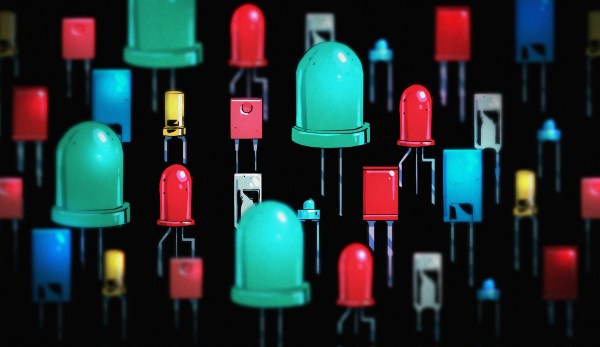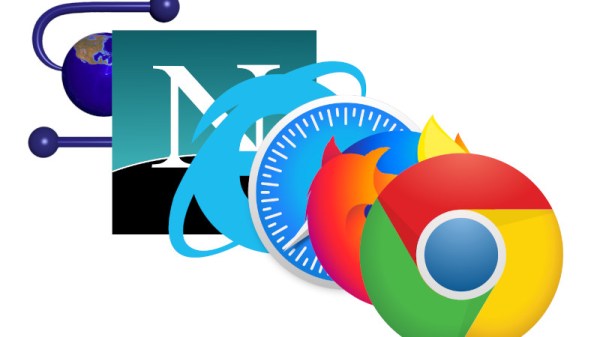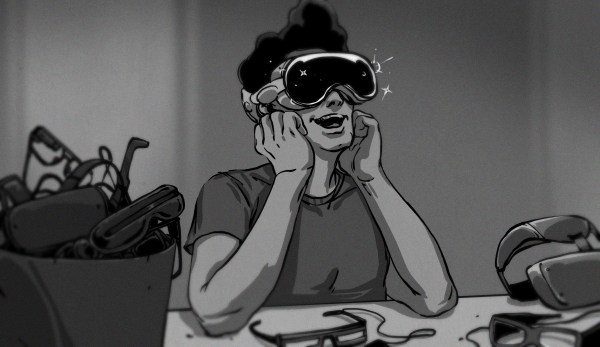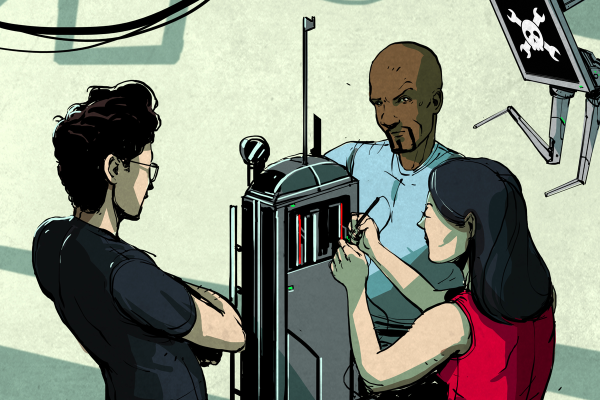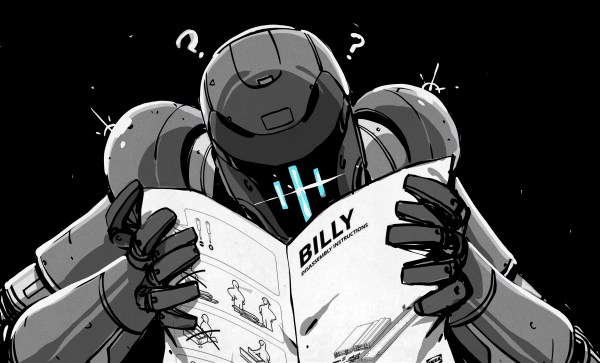I love minimal hacks. Limitations are sometimes the spark for our greatest creativity, and seeing someone do something truly marvelous with the simplest of technological ingredients never fails to put a smile on my face.
This week, it was the super-simple 1D Fireworks project by [Daniel Westhof]. Nothing more than an ESP8266 and a long RGB LED strip went into this effect on the hardware side, and indeed the code isn’t all that tricky either. But what it does is a very nice simulation of the physics that define the movement of a flare rocket and then all of the stars that explode out of it. And that makes it look so good.
Hackaday’s [Kristina Panos] is apparently also a fan of the single dimension, because she picked out some of my personal favorite uses of an LED strip, including Twang, to which we’ll admit we’re addicted, or any of the PONG versions.
But I’ve seen other games, including a button-mashing racer and various roller-coaster simulations. All with the same, essentially, two-part BOM. (OK, if you don’t count the buttons/accelerometer, or power supply.) Or this demo of sorting routines, or the Velocicoaster. And I think there’s more out there.
How much creativity can you pack into an LED strip? This sounds like we need to make a new contest…

